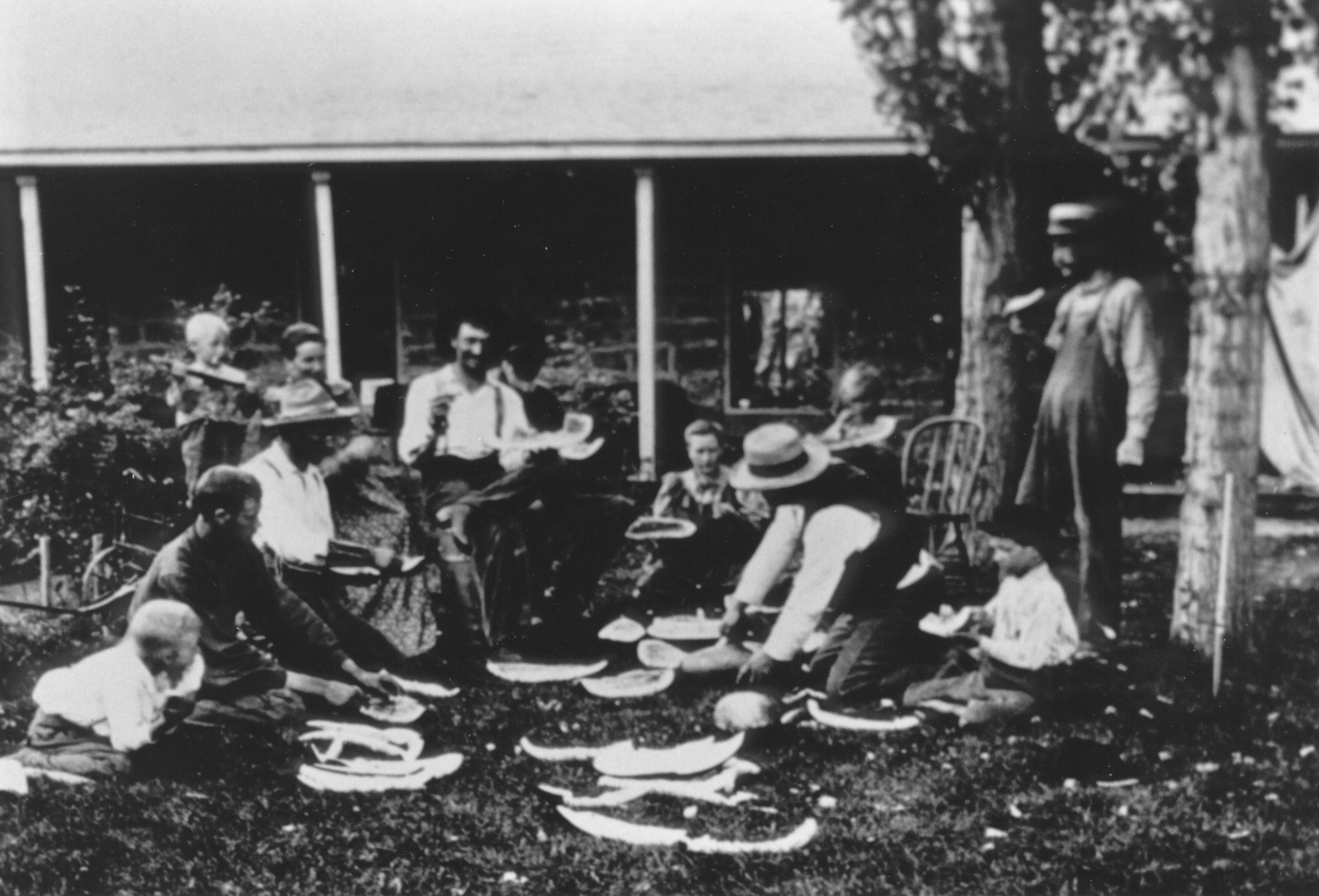Some information may be outdated.
Throughout Black History Month, the Moab Museum is digging into the Collection to highlight stories of prominent Black individuals and groups throughout the history of the Moab Valley. Oral histories, written records, newspaper clippings and U.S. Census results all assist in the storytelling we engage in at the Moab Museum, but there are many stories for which we don’t have complete details. One such example is the life of Aunt Sally, the Black cook at the Pace Ranch in Castle Valley during the early 20th century.
Often African-American women named Sarah were nicknamed Aunt Sally, now acknowledged as a method of removing identity and status from enslaved people. The July 8, 1965, issue of the Moab Times-Independent tells us that Aunt Sally was a cook at the Pace Cattle Ranch in Castle Valley, who “‘hollered’ loud when dinner was served.” An earlier issue, released in November of 1963, suggests that Sally’s loud voice is how Sally’s Hollow in the La Sal Mountains came to be named.
These two articles are all the records the Moab Museum has of this woman’s life—Aunt Sally’s story and lived experience were marginalized by census record keepers. According to Census records between 1850 and 1950, only one Black family is reported to have lived in all of Grand and Emery counties: the Price family, whose story we shared a bit of in our column in the Feb. 17-23 edition of the Moab Sun News. But we know of many more, including Aunt Sally and William Grandstaff, that were not documented in census records.
We’re always on the lookout for stories about our community. Do you have family members who stayed at the Pace Cattle Ranch in the 1920s and 1930s, potentially into the 1940s? Maybe they were fed by this person called Aunt Sally. We want to know more about this individual, who she was, where she was born, and ultimately, where she was buried.
The Moab Museum’s vast collection of oral histories, recorded by community members and legacy families in the Moab Valley, is available to the public by appointment at the Museum and on our website. These stories—both primary and secondary recollections—offer insights into the people who have called this place home, and allow us to weave together the tapestry of human history in the Moab Valley and surrounding region.
This March, the Moab Museum will be displaying many selections from these oral histories through our latest special exhibition: A Grand Heritage—Stories from the Oral History Collection. Join us at 6:30 p.m. on March 9 for an opening reception of the exhibition.
The Moab Museum is dedicated to sharing stories of the natural and human history of the Moab area. This is part of a series highlighting photographs and stories of downtown Moab over time. To explore more of Moab’s stories and artifacts, find out about upcoming programs, and become a Member, visit www.moabmuseum.org.
Appreciate the coverage? Help keep local news alive.
Chip in to support the Moab Sun News.





